Breadcrumb
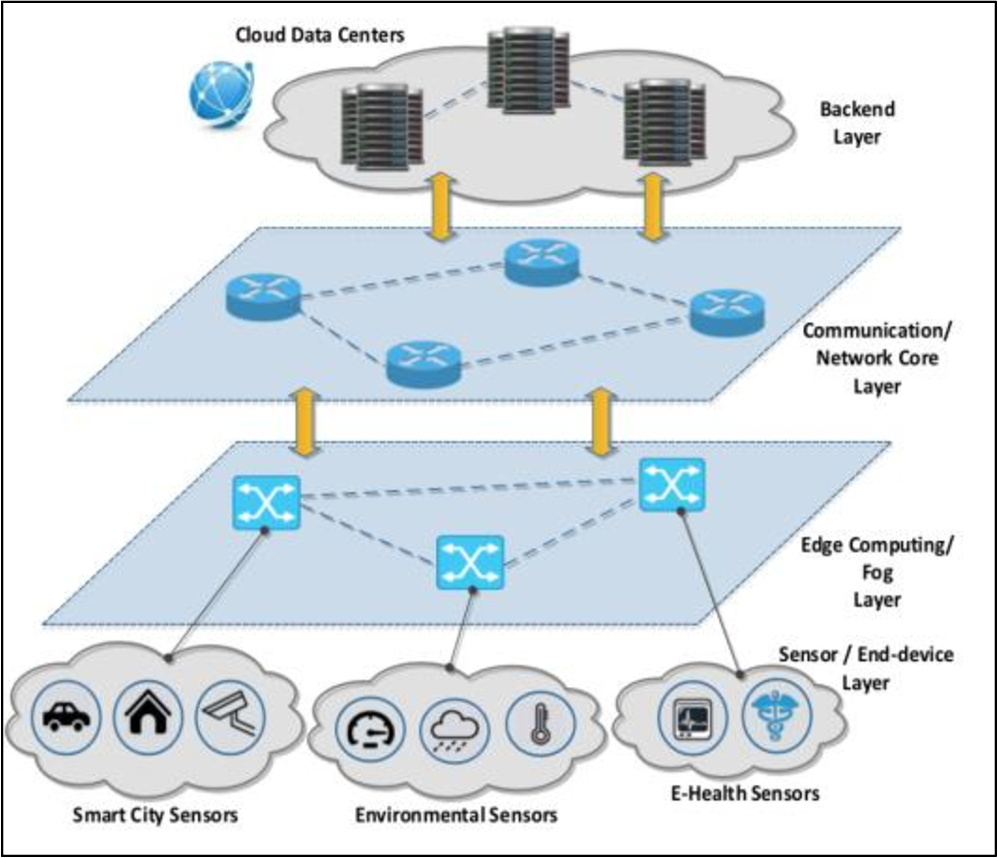
IoT Modes of Operations with Different Security Key Management Techniques: A Survey
The internet of things (IoT) has provided a promising opportunity to build powerful systems and applications. Security is the main concern in IoT applications due to the privacy of exchanged data using limited resources of IoT devices (sensors/actuators). In this paper, we present a classification of IoT modes of operation based on the distribution of IoT devices, connectivity to the internet, and the typical field of application. It has been found that the majority of IoT services can be classified into one of four IoT modes: Gateway, device to device, collaborative, and centralized. The
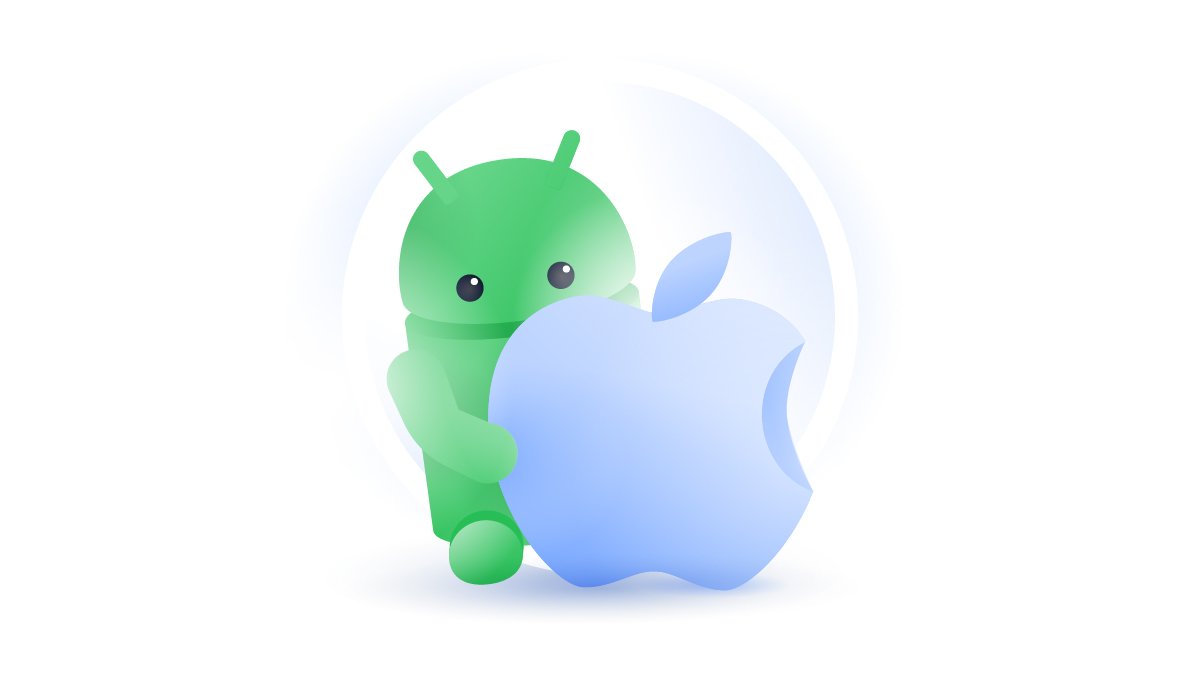
Native Mobile Applications UI Code Conversion
With the widespread use of mobile applications in daily life, it has become crucial for software companies to develop the applications for the most popular platforms like Android and iOS. Using a native development is time consuming and costly. Cross-platform mobile development like Xamarin and React native emerged as a solution to the mentioned problem of native development for the time and cost. Meanwhile it requires the developers to learn a new language. Other tools are converting the mobile apps of specific platform to the corresponding platform, but most of them still lack the mobile
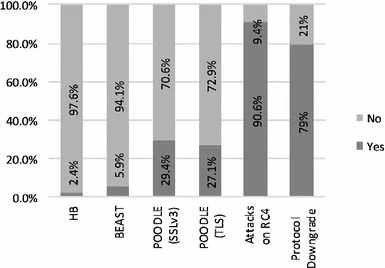
Stock exchange threat modeling, EGX as a case study
Cyber crime is a growing threat affecting all business sectors. Stock Exchanges, a financial services sector, are not far from it. Trading stocks via Internet exposes the process to cyber threats that might take advantage of a system defect to breach security and cause possible harm. Online Trading websites are protected by various security systems. Digital Certificate, which is based on Secure Socket Layer (SSL) protocol, is an example. This research examines implementation of Digital Certificate in online trading servers. This evaluation helps to identify security weaknesses and take actions
ANN-Python prediction model for the compressive strength of green concrete
Purpose: Utilization of sustainable materials is a global demand in the construction industry. Hence, this study aims to integrate waste management and artificial intelligence by developing an artificial neural network (ANN) model to predict the compressive strength of green concrete. The proposed model allows the use of recycled coarse aggregate (RCA), recycled fine aggregate (RFA) and fly ash (FA) as partial replacements of concrete constituents. Design/methodology/approach: The model is constructed, trained and validated using python through a set of experimental data collected from the

INVESTIGATION OF DIFFERENTIALLY EXPRESSED GENE RELATED TO HUNTINGTON'S DISEASE USING GENETIC ALGORITHM
neurodegenerative diseases have complex pathological mechanisms. Detecting disease-associated genes with typical differentially expressed gene selection approaches are ineffective. Recent studies have shown that wrappers Evolutionary optimization methods perform well in feature selection for high dimensional data, but they are computationally costly. This paper proposes a simple method based on a genetic algorithm engaged with the Empirical Bays T-statistics test to enhance the disease-associated gene selection process. The proposed method is applied to Affymetrix microarray data from

Automated detection and classification of galaxies based on their brightness patterns
Clues and traces of the universe's origin and its developmental process are deeply buried in galaxy shapes and formations. Automated galaxies classification from their images is complicated due to the faintness of the galaxy images, conflicting bright background stars, and image noise. For this purpose, the current work proposes a novel logically structured modular algorithm that analyses galaxy morphological raw brightness data to automatically detect galaxy visual center, region, and classification. First, a novel selective brightness threshold is employed to eliminate the effect of bright
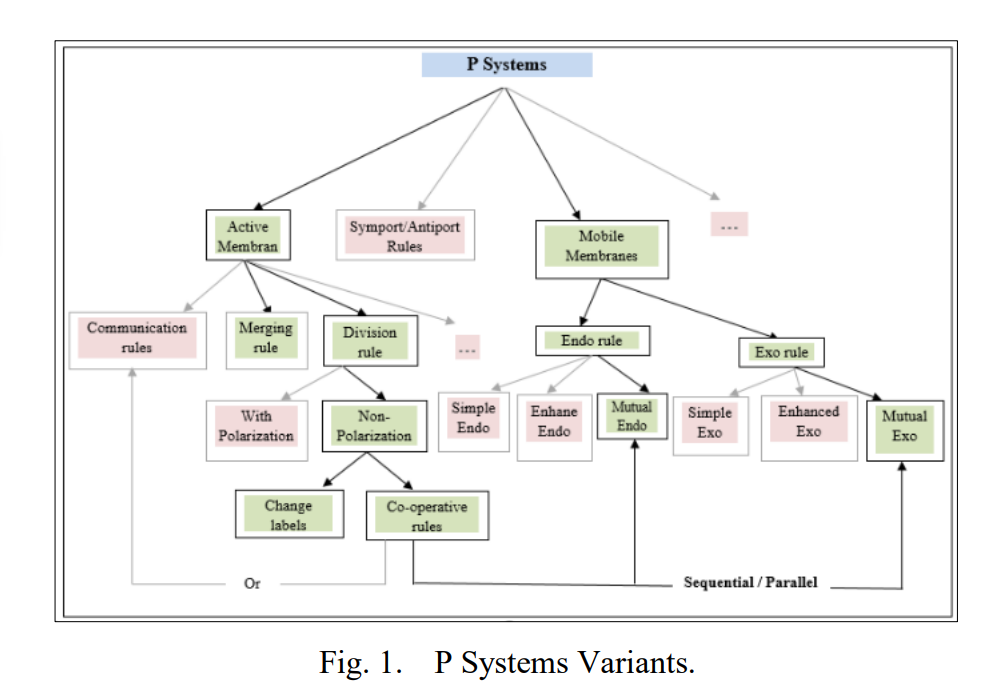
P Systems Implementation: A Model of Computing for Biological Mitochondrial Rules using Object Oriented Programming
Membrane computing is a computational framework that depends on the behavior and structure of living cells. P systems are arising from the biological processes which occur in the living cells’ organelles in a non-deterministic and maximally parallel manner. This paper aims to build a powerful computational model that combines the rules of active and mobile membranes, called Mutual Dynamic Membranes (MDM). The proposed model will describe the biological mechanisms of the metabolic regulation of mitochondrial dynamics made by mitochondrial membranes. The behaviors of the proposed model regulate
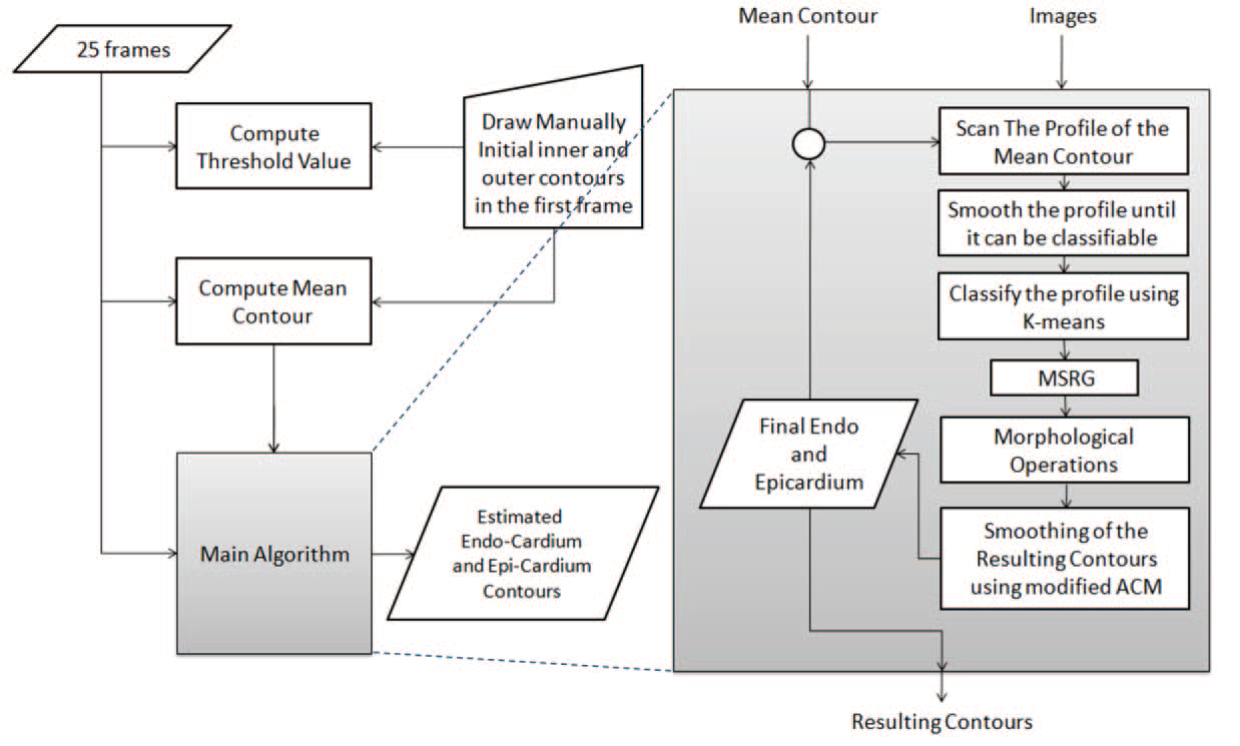
Segmentation of left ventricle in cardiac MRI images using adaptive multi-seeded region growing
Multi-slice short-axis acquisitions of the left ventricle are fundamental for estimating the volume and mass of the left ventricle in cardiac MRI scans. Manual segmentation of the myocardium in all time frames per each cross-section is a cumbersome task. Therefore, automatic myocardium segmentation methods are essential for cardiac functional analysis. Region growing has been proposed to segment the myocardium. Although the technique is simple and fast, non uniform intensity and low-contrast interfaces of the myocardium are major challenges of the technique that limit its use in myocardial
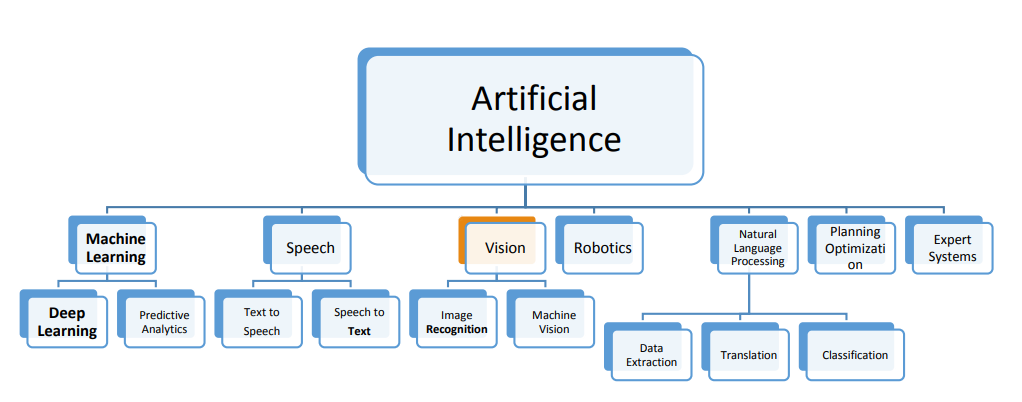
Artificial intelligence for retail industry in Egypt: Challenges and opportunities
In the era of digital transformation, a mass disruption in the global industries have been detected. Big data, the Internet of Things (IoT) and Artificial Intelligence (AI) are just examples of technologies that are holding such digital disruptive power. On the other hand, retailing is a high-intensity competition and disruptive industry driving the global economy and the second largest globally in employment after the agriculture. AI has large potential to contribute to global economic activity and the biggest sector gains would be in retail. AI is the engine that is poised to drive the
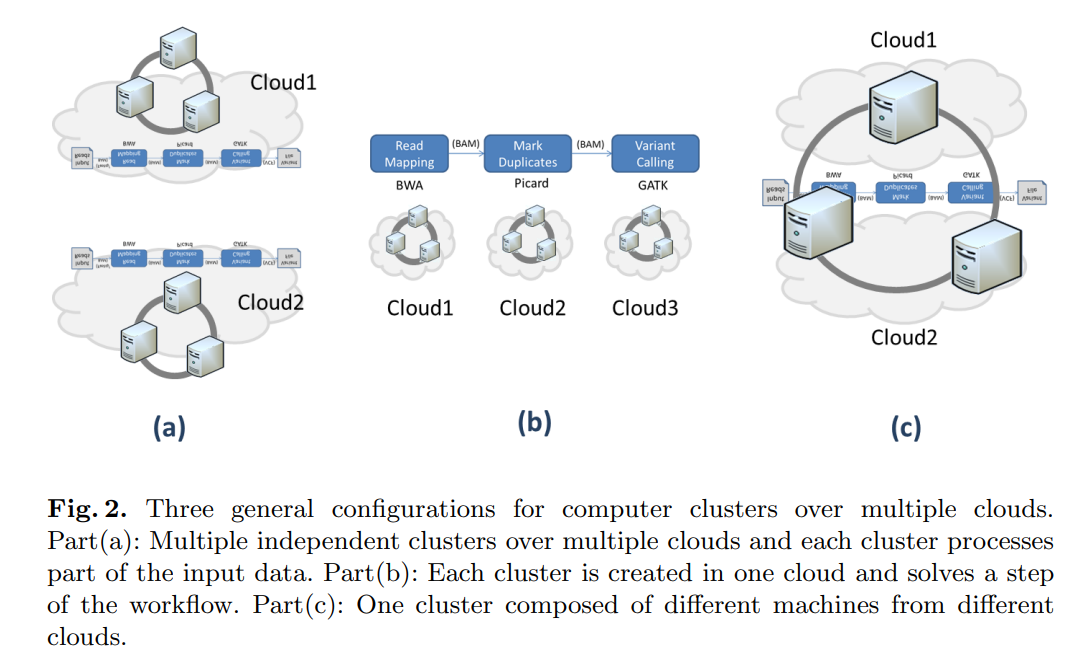
Supporting bioinformatics applications with hybrid multi-cloud services
Cloud computing provides a promising solution to the big data problem associated with next generation sequencing applications. The increasing number of cloud service providers, who compete in terms of performance and price, is a clear indication of a growing market with high demand. However, current cloud computing based applications in bioinformatics do not profit from this progress, because they are still limited to just one cloud service provider. In this paper, we present different use case scenarios using hybrid services and resources from multiple cloud providers for bioinformatics
Pagination
- Previous page ‹‹
- Page 6
- Next page ››
